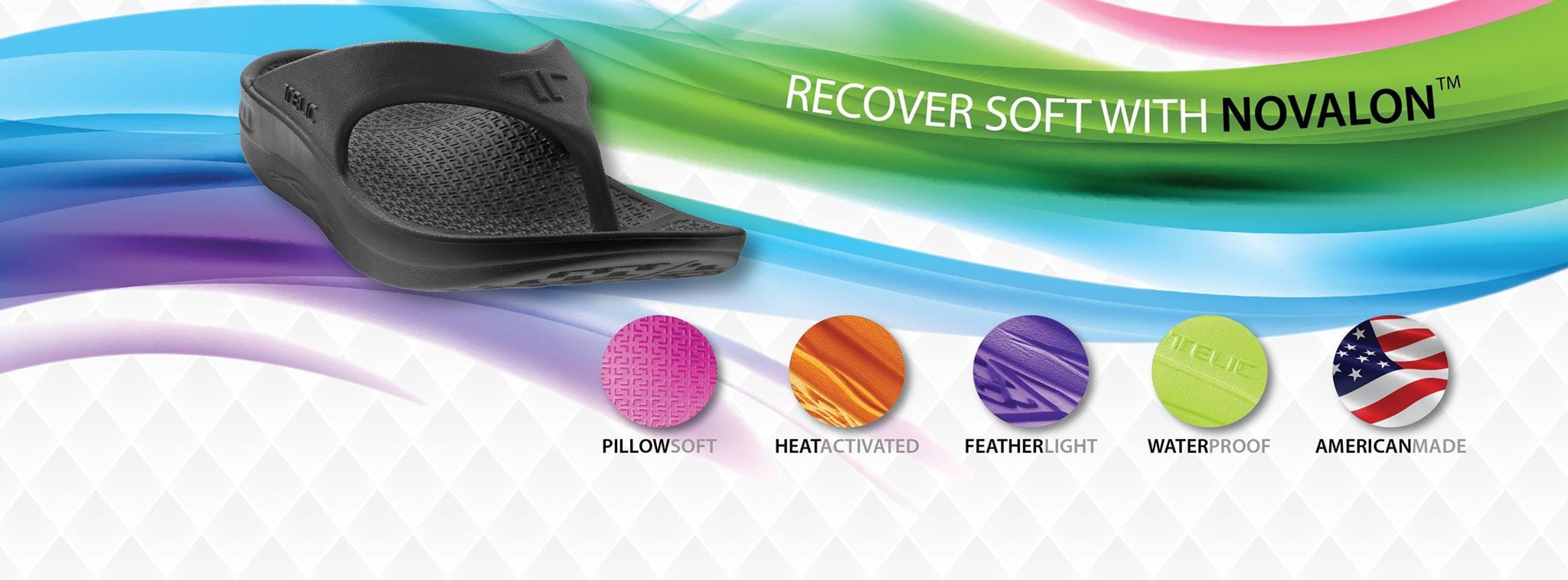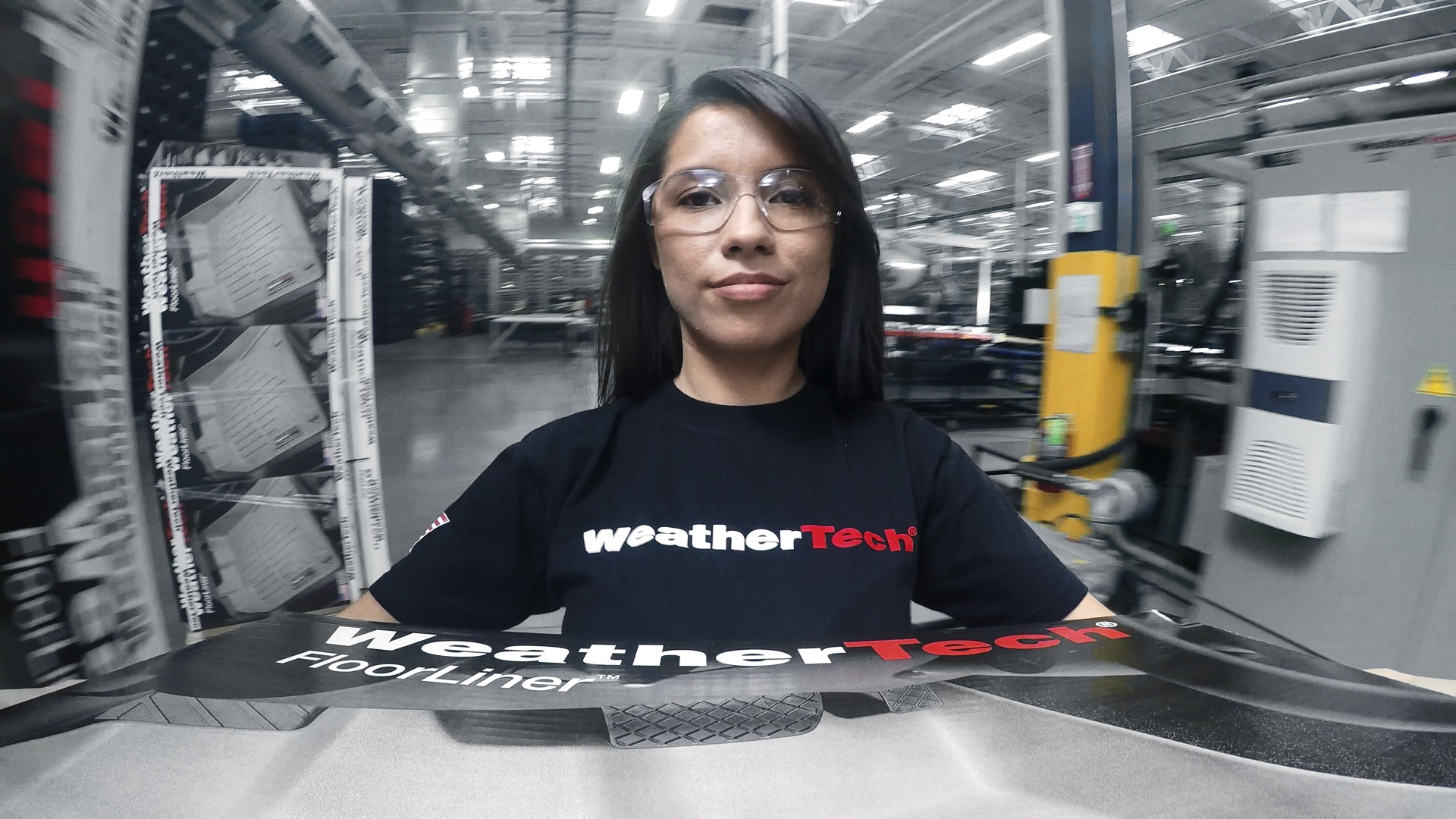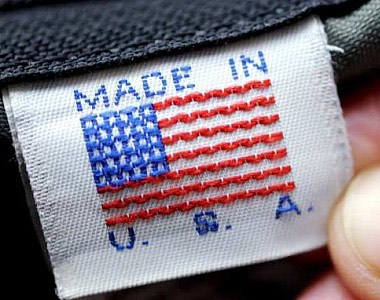Made in America Label Stages Comeback At Stores
Mitch Lipka May 3, 2013
(Reuters) – When Roger Simmermaker went shopping for clothes at a Florida mall in the mid-1990s, he wanted to buy American, but to his frustration, he couldn’t find anything made in the U.S.A.
The experience motivated Simmermaker, an electronics technician by trade, to write “How Americans Can Buy American” – a guide to finding products manufactured in the United States, which were a scarce commodity at the time. Nearly 20 years after writing the book, he has seen a big change, with the pendulum in full swing back toward a wider choice of American-made products. They are often available without the expected higher price tag. “It’s definitely easier,” says Simmermaker, 47, who lives in Orlando and works for a defense contractor. “Especially in the last year or so, things have really changed.” Those who believe in buying American-made goods from U.S.-owned companies say it creates jobs and boosts the economy through reinvested profits and taxes. Profit-driven U.S. companies have their own reasons for locating factories, but manufacturers of goods ranging from refrigerators and dishwashers to laptops and tablets are starting to bring some of their production home, affording more opportunities for consumers with the patriotic conviction that Americans ought to buy American. Better still, that “Made in the U.S.A.” label may no longer carry such a premium price tag. That’s because production and shipping costs in China and other foreign manufacturing centers are rising. Shifting some manufacturing back to the United States doesn’t necessarily mean manufacturers have to raise prices to compensate for higher labor costs. To be sure, many industries are still dominated by imports – toys and textiles, for example. Still, Simmermaker and others who believe in buying American are seeing a broad shift. “Reshoring” advocates were thrilled earlier this year when Wal-Mart Stores Inc., the world’s largest retailer, announced it was throwing its weight behind the movement. In January, the chain – known for its extensive selection of imported goods – said it would spend an additional $50 billion over the next 10 years on American-made products, “helping to onshore U.S. production in high-potential areas like textiles, furniture and higher-end appliances.” Likewise, Apple Inc. said it planned to build some of its iMac line in the United States instead of China. Ford Motor Co., Coleman Co. (part of Jarden Corp.) and Master Lock Co. (part of Fortune Brands Home & Security Co.) all have said they’re returning some manufacturing to the United States. The list goes on. WHAT IT MEANS FOR CONSUMERS While few companies will move production for patriotic reasons alone, the public relations boost that goes with a decision to bring jobs back to the United States is gravy. “They run the numbers and say ‘We can deliver just as cheaply from a U.S. operation as we can from, say, China.’ It has some nice extra benefits,” says Dan Seiver, chief economist for Reilly Financial Advisors, a wealth management firm in San Diego, California. “Whatever credit goes with it is fine” With little pricing difference, the impact on U.S. consumers might not be that obvious. But Simmermaker and other advocates also contend that products made in the United States are often higher-quality and safer than those made elsewhere. There is a decided upside for the companies, too. Making products closer to their end-market allows them to be more nimble in terms of customizing and delivering products. That was the case with Spreadshirt, a Germany-based custom shirt maker that recently opened a plant in Nevada to supplement the output of its existing facility in Pennsylvania. In 2011, the company was running its Pennsylvania plant around the clock. To keep up with holiday demand, it was forced to send some work to a plant in Poland, said Mark Venezia, vice president of global sales and marketing for North America. But the company quickly realized that the distance hurt overall costs and speed – to the tune of about $2 more per unit. “We didn’t lose money, but, obviously, it hurt our bottom line,” Venezia said. Hunting for a new location led Spreadshirt to Henderson, Nevada, where facilities that met specifications were available at favorable terms, along with a pool of prospective workers. “We just got this incredible deal that provided us so many benefits,” Venezia said.
SOURCE: Reuters









Leave a Reply
Want to join the discussion?Feel free to contribute!